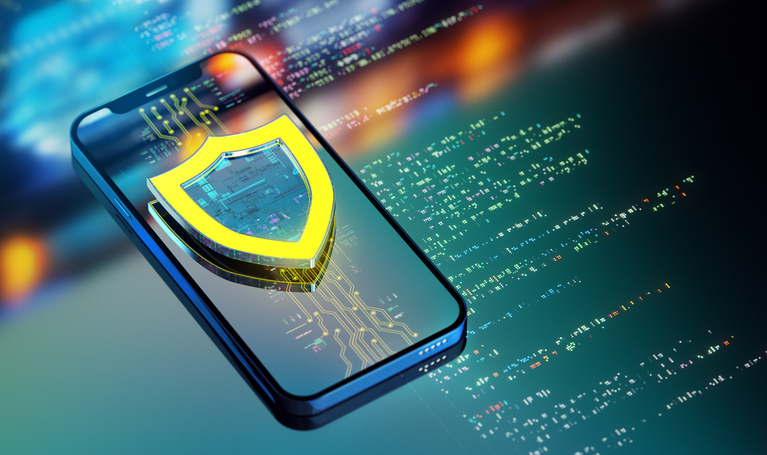Speaking to an automated telephone operator is now a normal part of modern life, if still occasionally frustrating.
But there is a new dimension to such interactive voice response (IVR) systems that promises to enhance the interaction. Technology now allows caller identification through voice biometrics alone with enough accuracy to authenticate secure transactions.
As recently as 2006, spending on voice verification technologies was a mere $10 million, according to market analyst Frost & Sullivan. But with call centre companies now embracing the technology, the market is predicted to top $200 million this year.
And in June 2008, the practice of using voice biometrics for phone services was lent greater legitimacy – and wider market availability – as two leading companies stepped into the sector.
The first to announce its new voice verification service was credit-checking service provider Experian. In partnership with voice biometrics technology provider Voice Vault, it now offers a voice biometrics service that integrates with its customers’ call centre or IVR systems.
Having registered their voiceprint with the system, customers will be able to approve transactions over the telephone.
The caller is asked to repeat a randomly generated phrase, and their response is compared to their stored voiceprint. On successful identification, the Experian system passes the call on to its customer’s system along with a secure confirmation and a customer identifier.
Experian’s VoiceCheck service replaces existing procedures like asking the customer for information such as a letter in their mother’s maiden name.
“It’s easy for the skilled fraudster to get round this [previous] kind of verification process because of the subjective nature of the questions asked,” explains Voice Vault’s head of business development, John Colgan.
Voice Vault’s technology, he adds, was originally for the military and is robust enough to cope with line interference, background noise and short voice samples.
The fact that Experian will aggregate voiceprints will allow it to combat identity fraud, says Jim Lound, the company’s director of trust services. “It’s in everyone’s interests that the capability to compare activity across our customers’ systems is in place,” he argues.
Voice Commerce Group
Also stepping into the voice verification market is Voice Commerce Group (VCG), a new venture from Nick Ogden, who previously founded the Internet payment system provider WorldPay.
In partnership with voice recognition software provider Nuance, VCG has built Voice Transact, a global platform for authenticated financial transactions based on voice biometrics. It also works by comparing a randomly generated phrase – in this case a number, which the caller is asked to repeat – with a pre-established voiceprint. The Nuance technology is sophisticated enough to determine whether the caller is genuinely saying the words or if someone is playing a recording, Ogden says.
Clearly, the race is on to become the central repository of consumer voiceprints. The owner of the biometric identifiers will also become the owner, and therefore financial beneficiary, of the authenticated transaction. Ogden believes his platform stands a good chance because it is built around the standards currently in use in financial transaction technology.
He adds that when the system launches in September 2008, it will be used for verification at ATMs in a still undisclosed country. Users will be able to take money out from cash machines using only their voice as identification.
If such applications are proved secure, voice may become the verification mechanism of choice for millions of consumers – and companies desperate to eliminate fraud.
Further reading
Biometric diversity Introducing a host of innovations that use unusual human characteristics to confirm identity
The talking web Can speech recognition technology allow the ‘mobile web’ to take off at last?
Find more stories in the Security & Continuity Briefing Room






